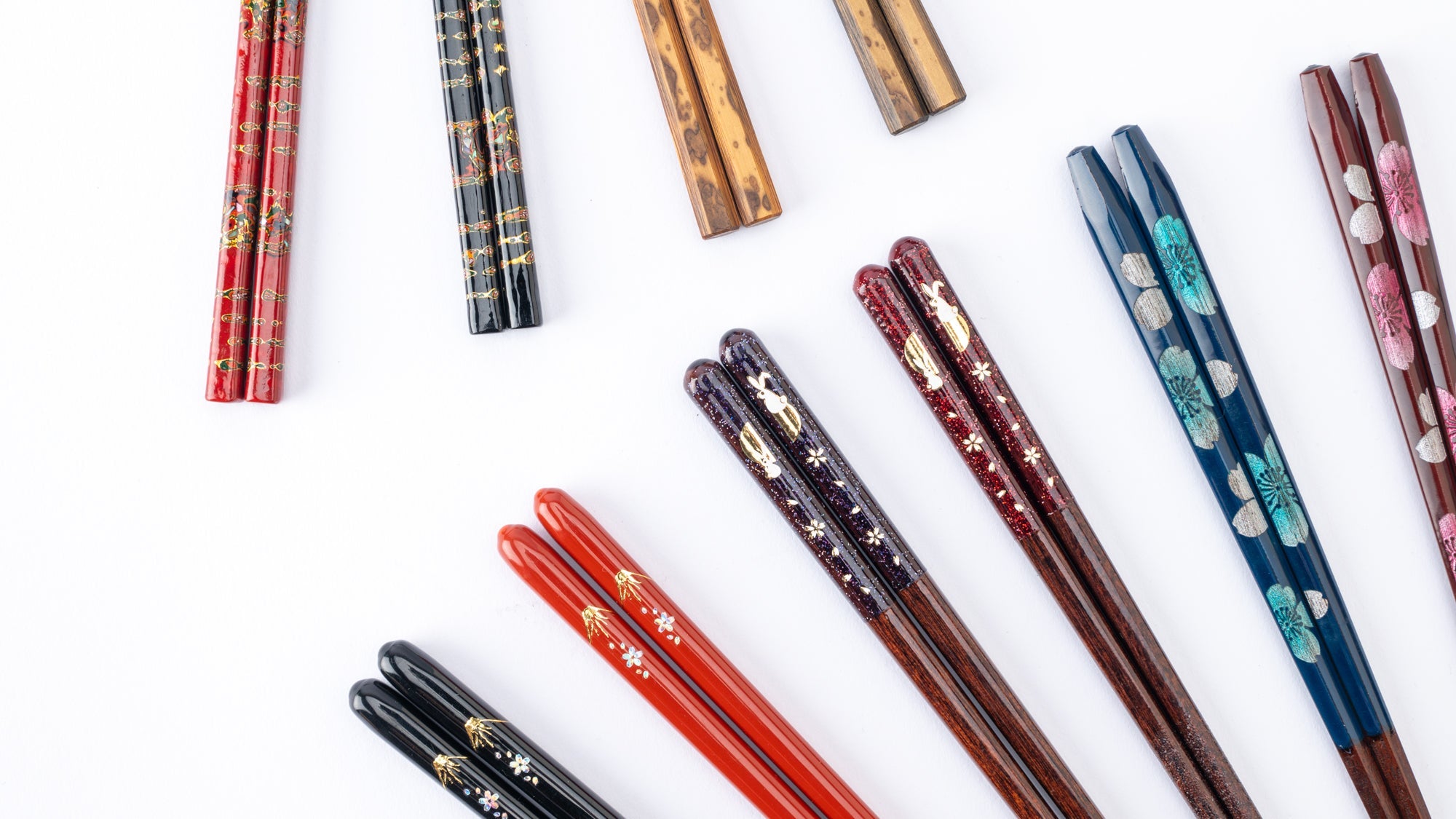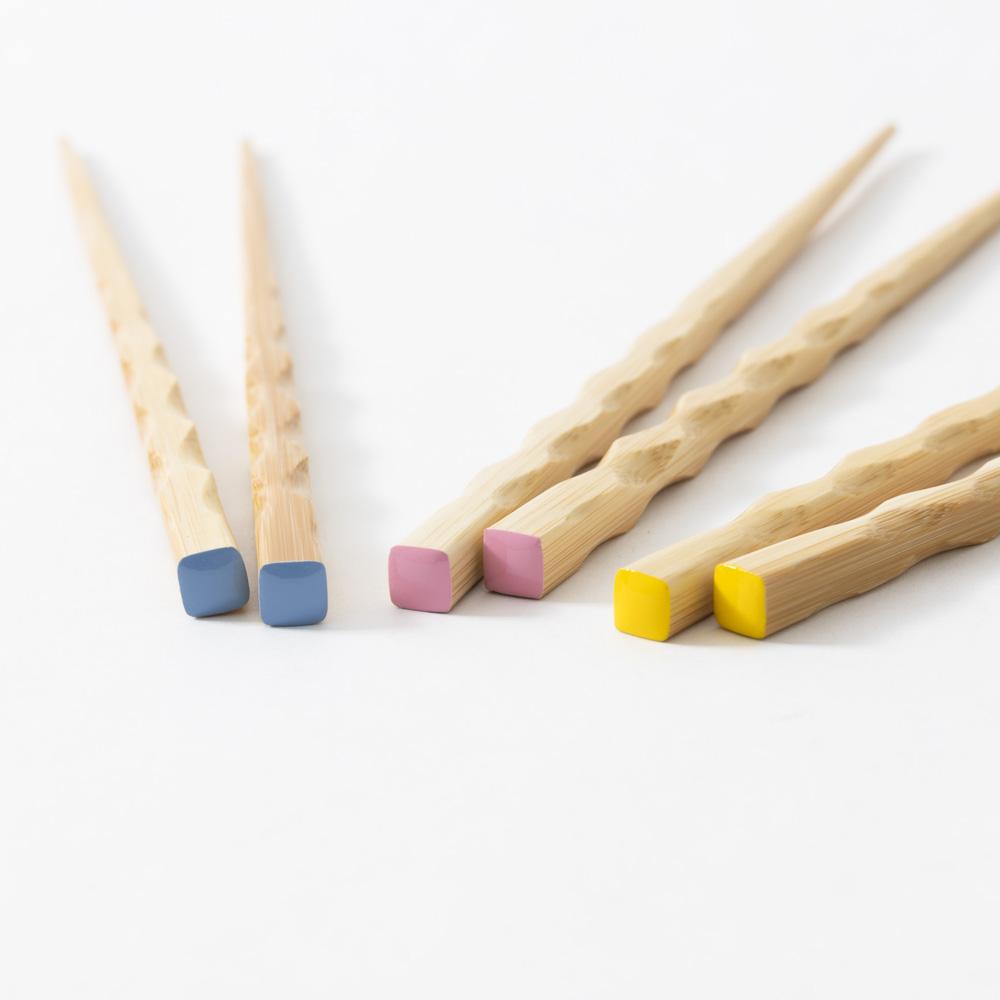

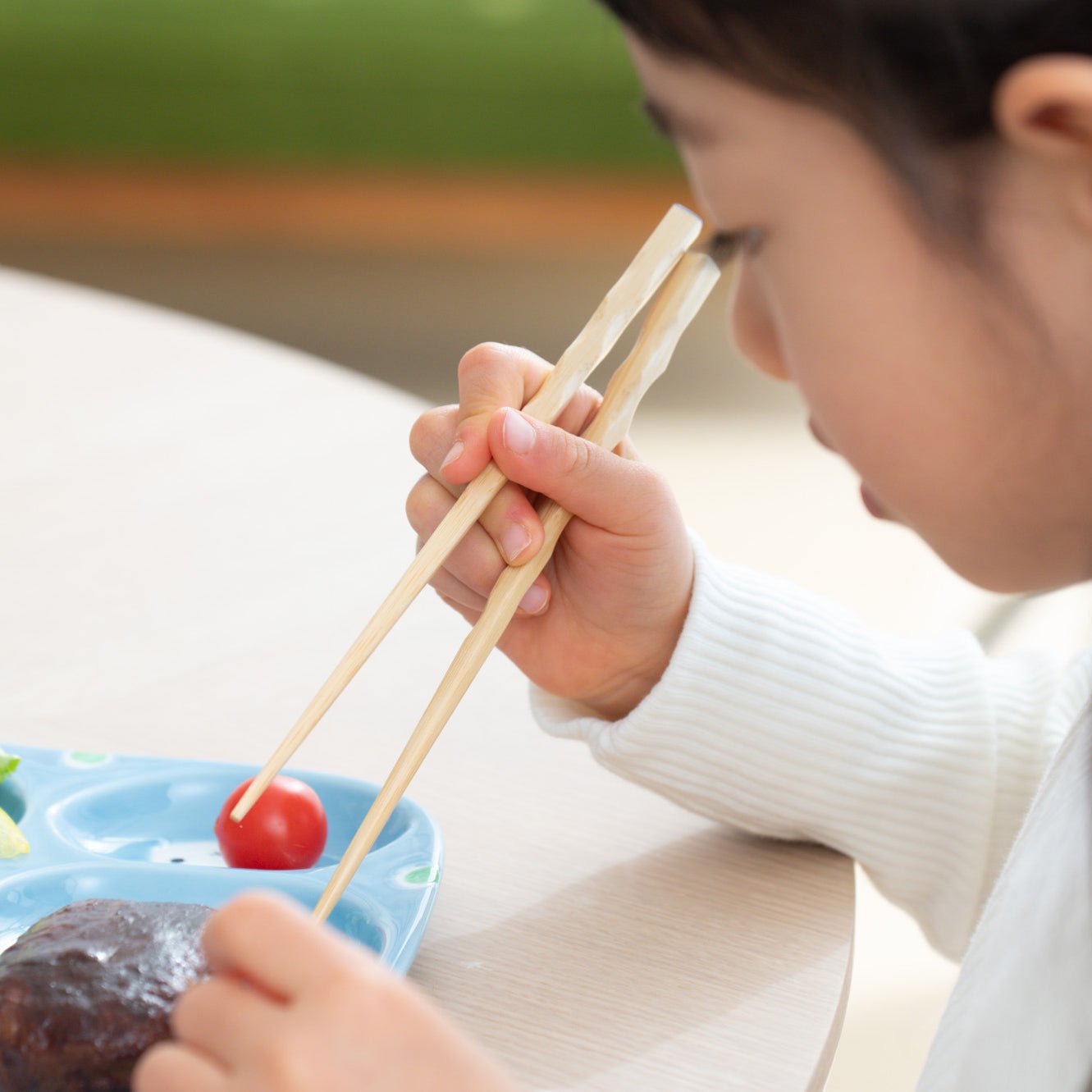



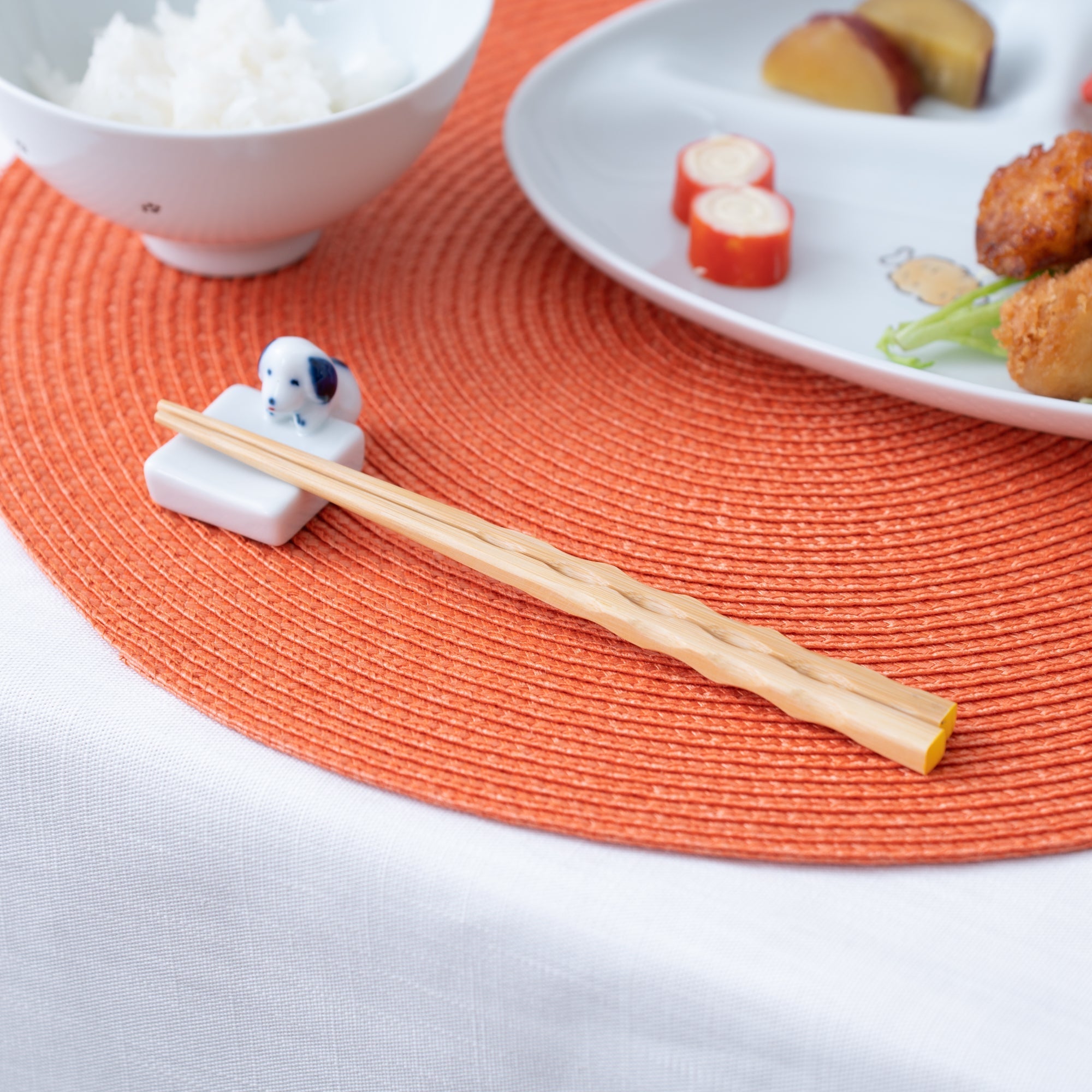
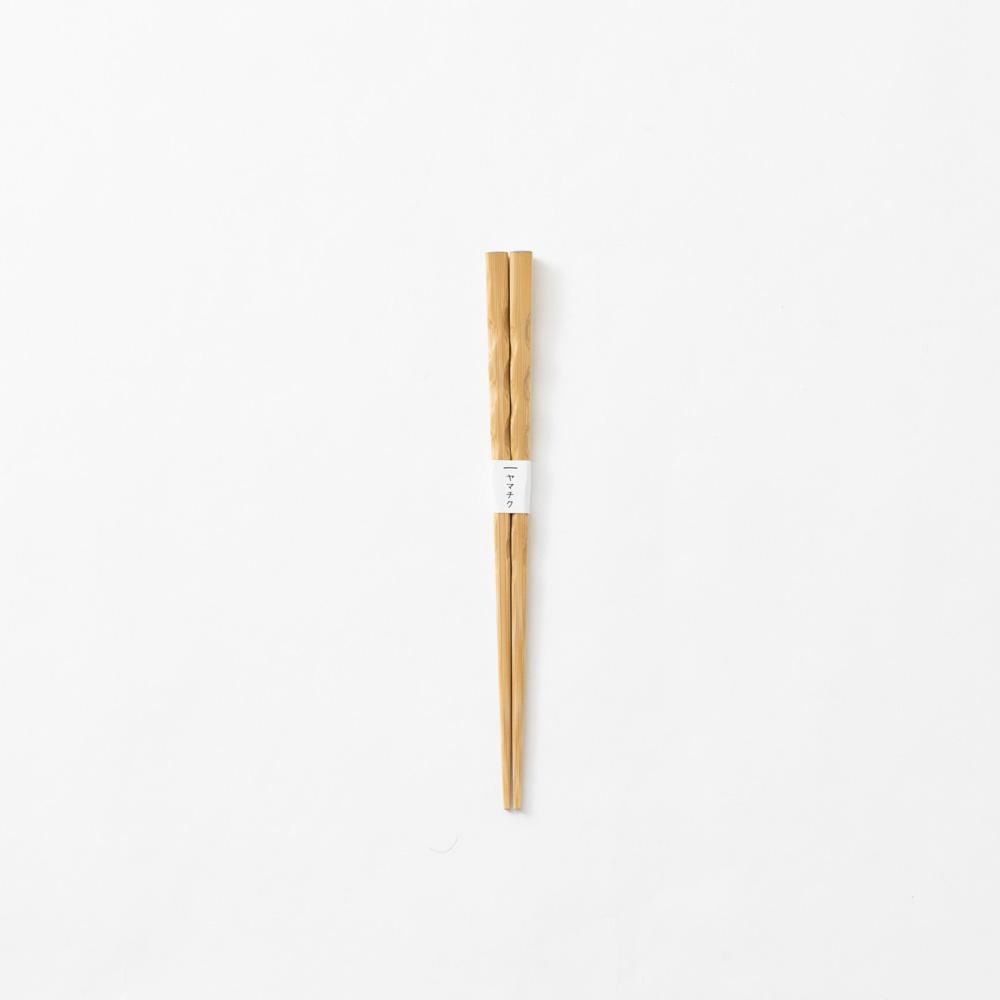
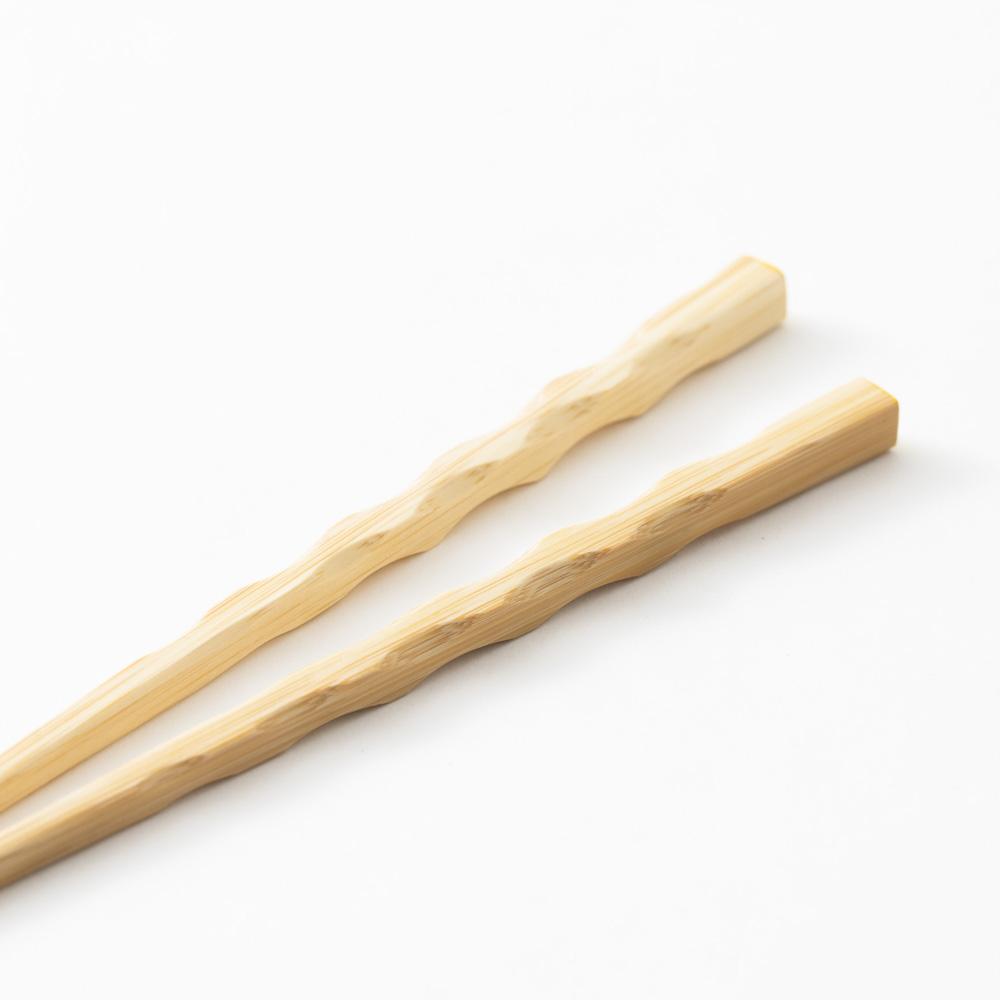
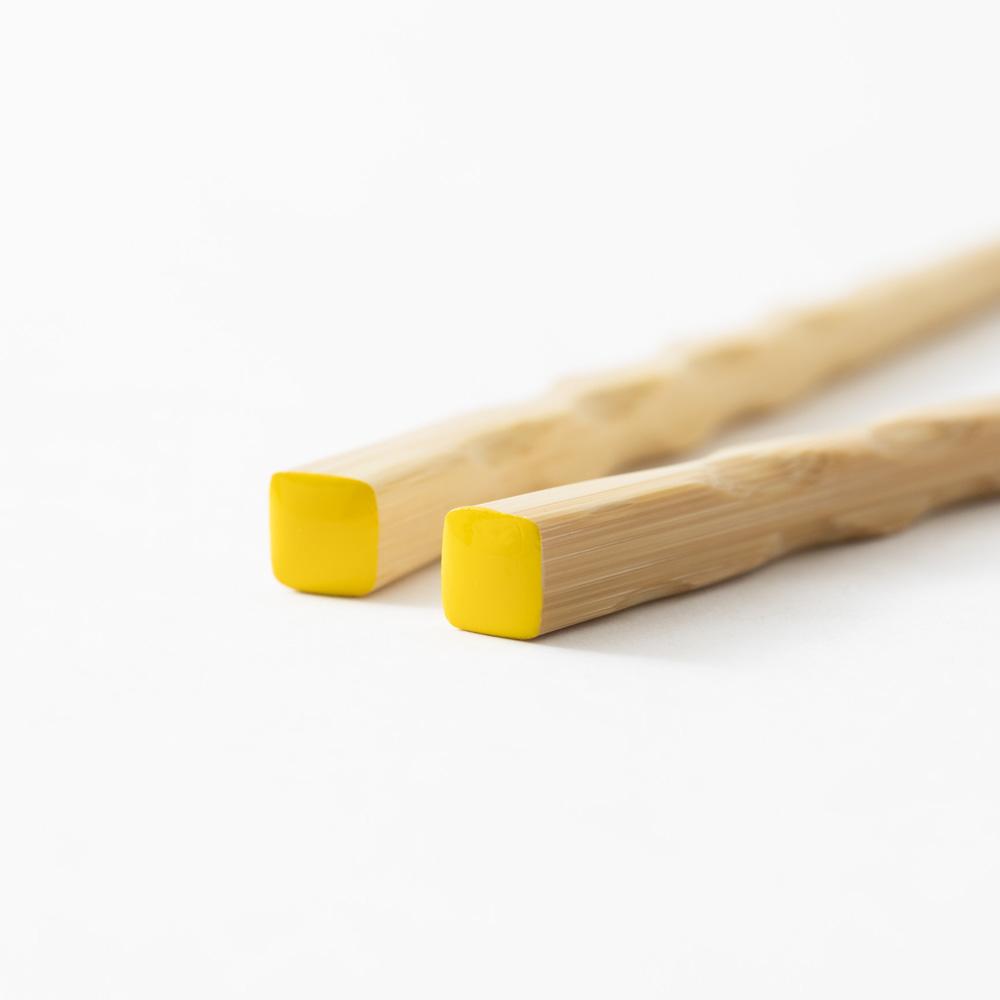
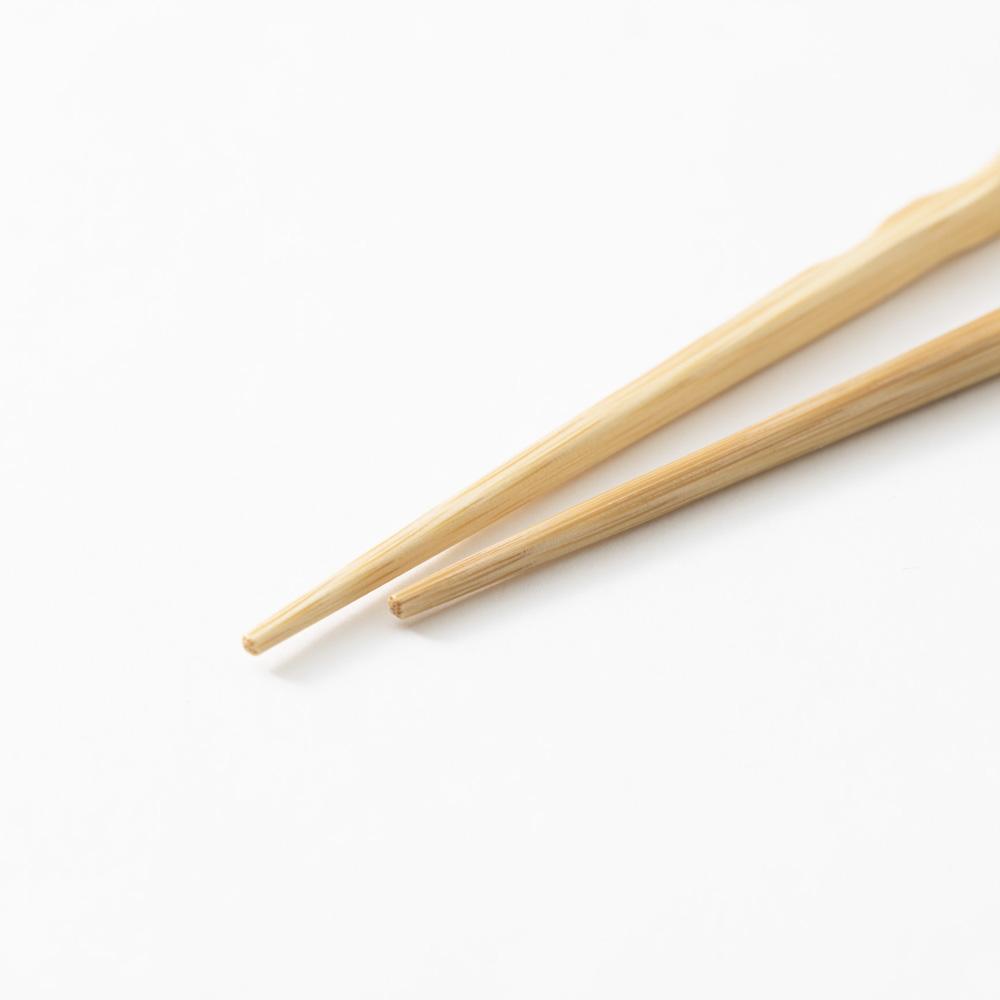
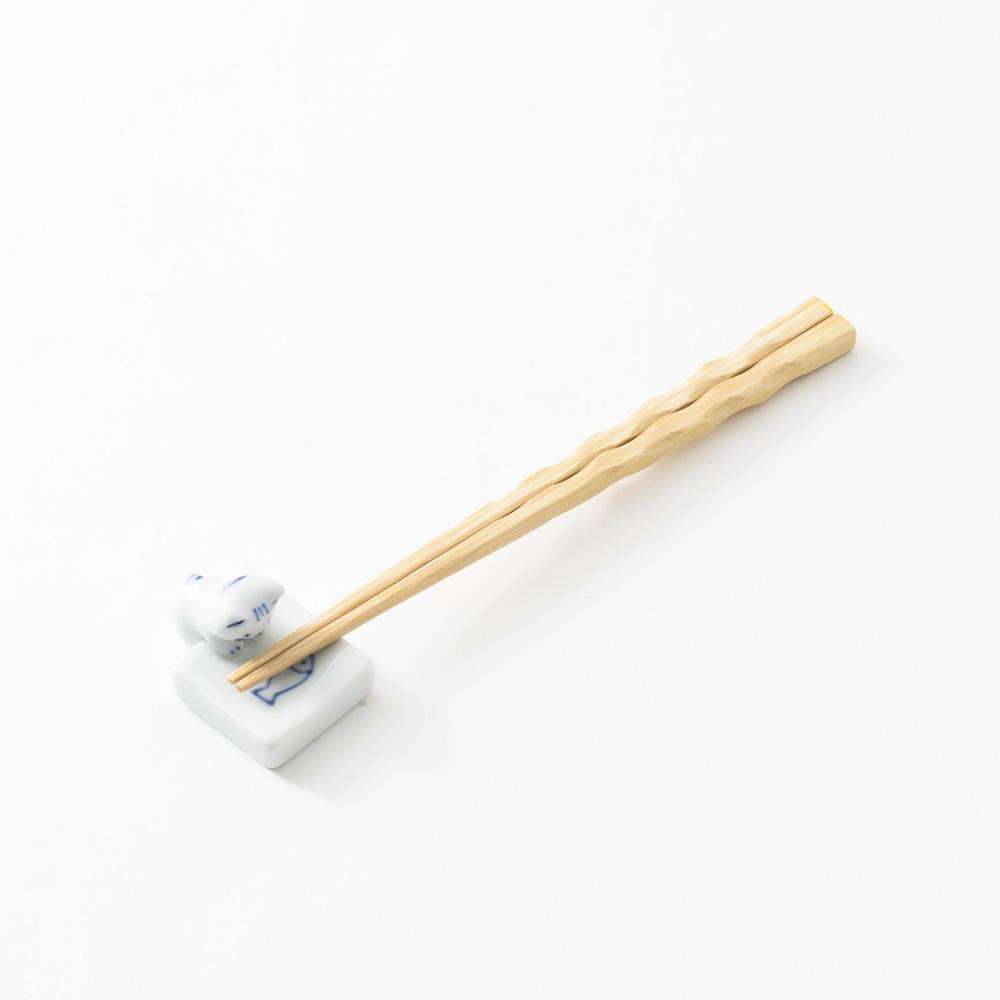

Kizuna Bamboo Kids Chopsticks
Estimated Shipping Widget will be displayed here!
The spiral shape of these children’s chopsticks fits comfortably in the hand, making them easy to hold. Available in a variety of colors, they’re great for family use. Measuring 18 cm (7.1 in), they’re ideal for small children and for packing in bento lunch boxes.
Made of bamboo, these chopsticks are light and easy to grip, with a smooth yet stable texture. The thin, flexible tips make it easy to pick up food without slipping.
Perfect for everyday use, these children’s chopsticks also make a delightful gift.
DETAILS
| Quantity | 1 |
| Size | L 18 cm (7.1 in) |
| Material |
Bamboo [Coating] Acrylic resin |
| Microwave | No |
| Dishwasher | No |
Maker / Brand
Yamachiku is a Kyushu-based manufacturer specializing in bamboo chopsticks. The region's warm climate provides ideal conditions for bamboo, with Kyushu accounting for about forty percent of Japan’s total forested area of bamboo. Since its founding in 1963, Yamachiku has remained committed to creating products that fully utilize this versatile material. While bamboo can be challenging to work with, the company’s deep knowledge and expertise have allowed it to craft durable, high-quality chopsticks with precision.
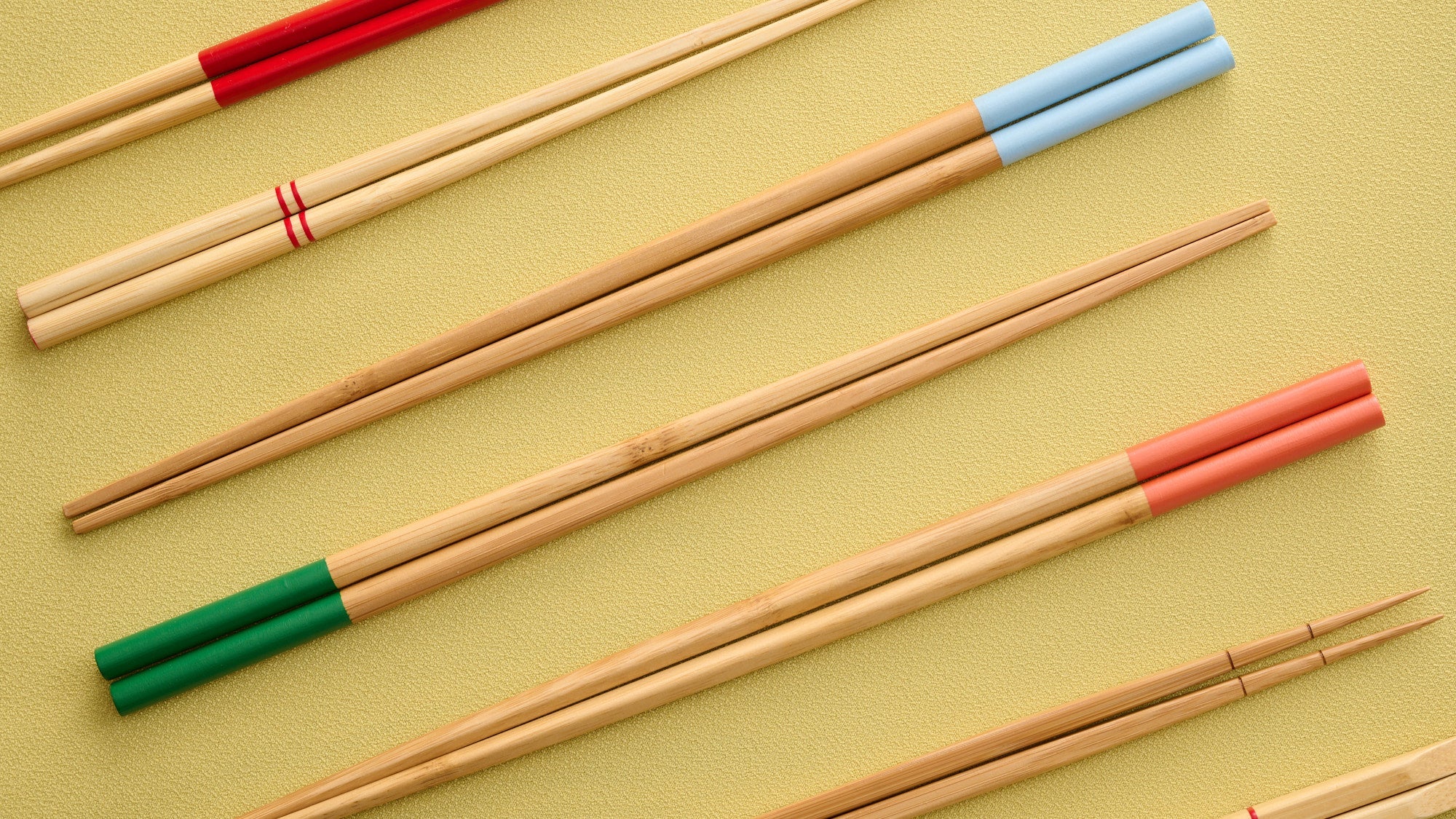
Crafts
Bamboo has been actively planted throughout Japan for centuries. Flexible, strong, and versatile, bamboo is an indispensable part of Japanese culture and daily life.
The plant plays a crucial role in Japanese tableware, used as the base material for chopsticks, tea ceremony tools, and lightweight, portable items like baskets and bento boxes.
Young bamboo can match the height of mature bamboo in just three months, and completes its growth in just three years, making it a permanently replenishing natural resource.
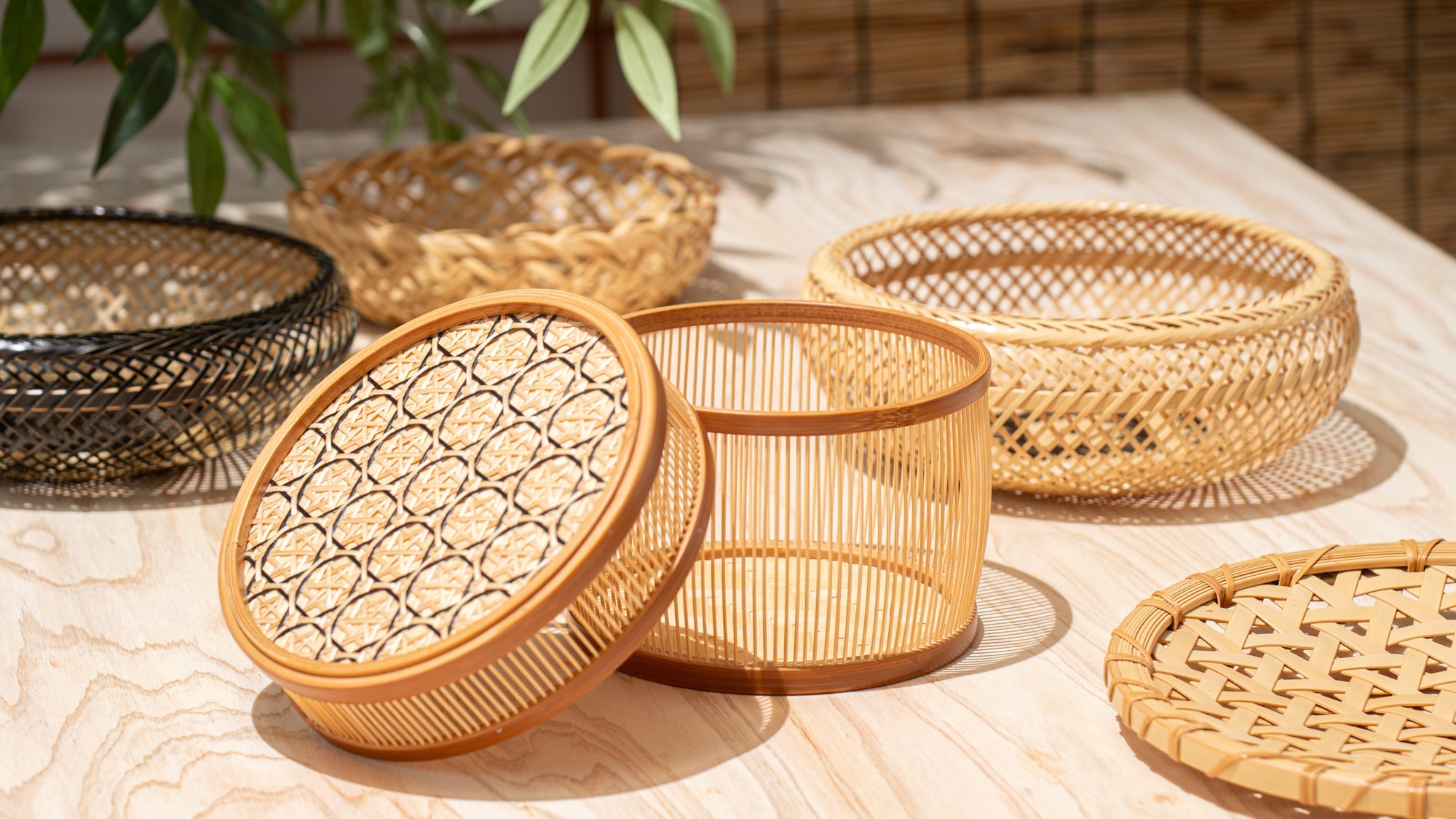
Choose options













Estimated Shipping Widget will be displayed here!
Chopsticks
Find the best pair of chopsticks from our collection of authentic Japanese chopsticks. Known as hashi in Japanese, chopsticks are essential dinnerware that let you fully immerse yourself in Japan's rich culinary culture.
All handmade with care, our selection includes reusable wooden chopsticks in designs ranging from cute chopsticks to luxury chopsticks, and sizes from small to large. Whether you're looking to buy your first pair of chopsticks or seeking a special gift, you'll discover the finest set here.
